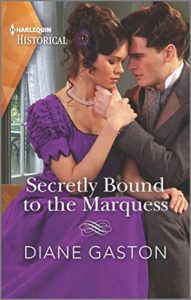In one of my earliest books, Scandalizing the Ton, I set my heroine’s residence in London’s Mayfair, the area of London that borders on Hyde Park, and includes such Regency places such as Grosvenor Square, Gunter’s Tea Shop, St. George’s Church, Piccadilly, and Oxford Street, places very familiar to readers of Regency set historicals. I had my hero meeting her in the mews behind her town house.
Harelquin Historicals are edited by the UK branch of Harlequin whose offices are in London. As it so happened, one of the editors was walking through Mayfair back then and noticed that there weren’t any mews behind the houses on the street where my heroine lived. Luckily, I had time to change that part of the story.
I love telling that story. Imagine living in a place where you can in person check the historical accuracy of books set over 200 years ago. I love walking through Mayfair where so much is unchanged from that time period.
Needless to say, I try not to make mistakes like that again. But since I cannot walk through Mayfair myself, I must rely on maps.
My current favorite map to use is the 1806 Mogg Pocket or Case Map of London. It is incredibly detailed and expandable.

Using the map isn’t foolproof because Mayfair changes. For example, the Burlington Arcade was not built until 1818.
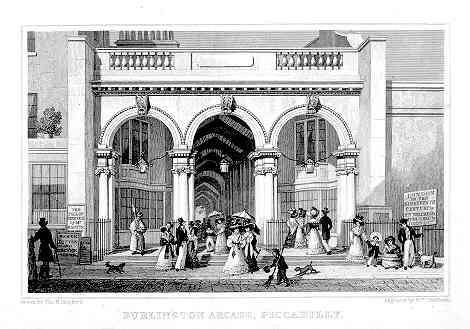
And Regent Street changed the area considerably.
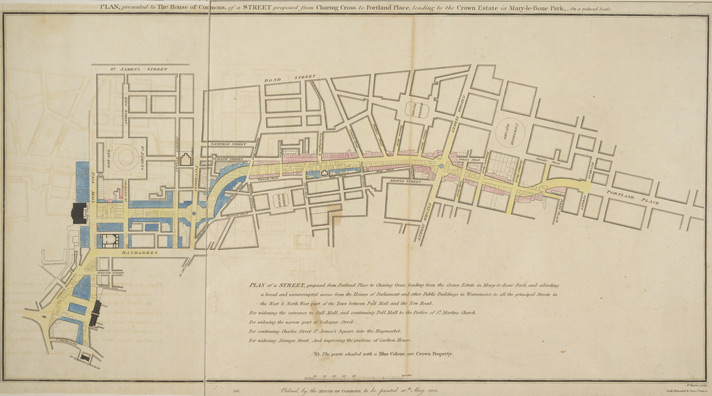
So I still have to be careful….

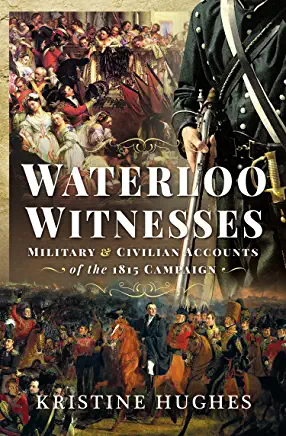

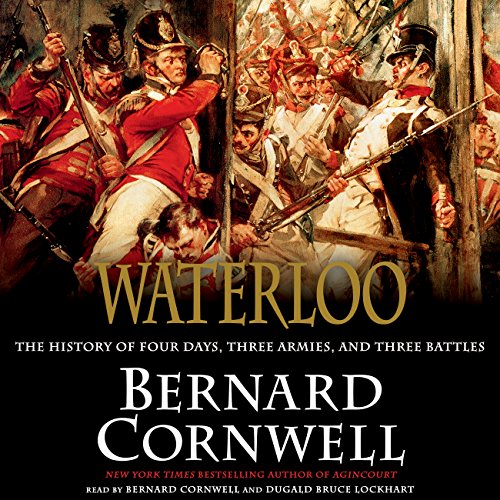

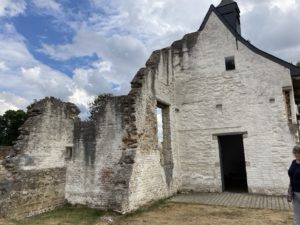 Hougoumont was one of the farms on the battlefield that saw the first action of the battle. The Allies, commanded by the Duke of Wellington, managed to hold the fort until the very end, although Napoleon made it a priority to be captured.
Hougoumont was one of the farms on the battlefield that saw the first action of the battle. The Allies, commanded by the Duke of Wellington, managed to hold the fort until the very end, although Napoleon made it a priority to be captured.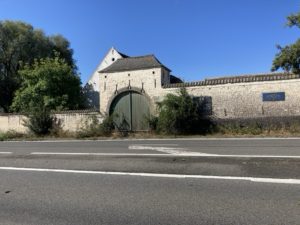 La Haye Sainte was the farm on the other side of the battle, another strategic place of the battle held by the King’s German Legion, one of Wellington’s divisions, until the Legion’s ammunition ran out and the French finally took possession.
La Haye Sainte was the farm on the other side of the battle, another strategic place of the battle held by the King’s German Legion, one of Wellington’s divisions, until the Legion’s ammunition ran out and the French finally took possession. We walked the battlefield while Gareth explained the battle. I’ve done a lot of reading about the battle and I was pleased that I got most things right in my books.
We walked the battlefield while Gareth explained the battle. I’ve done a lot of reading about the battle and I was pleased that I got most things right in my books.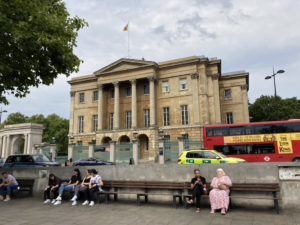 We had one day in London to walk the sights that related to the battle. When Wellington returned victorious, all sorts of awards were heaped on him, including the funds for a London house and a country estate. So we visited Number One London, Apsley House’s address.
We had one day in London to walk the sights that related to the battle. When Wellington returned victorious, all sorts of awards were heaped on him, including the funds for a London house and a country estate. So we visited Number One London, Apsley House’s address.



